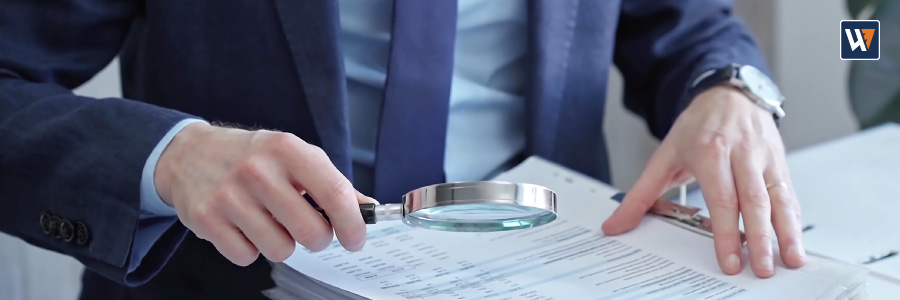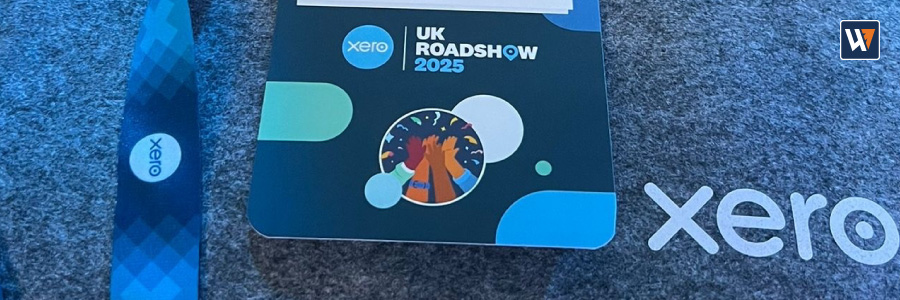Utilising the share premium account
30th November 2020For some privately owned companies, negative profit and loss reserves means that they are unable to pay out dividends as they do not have enough distributable reserves. However, they might have a significant share premium reserve, which is a non-distributable reserve.
The Companies Act 2006 allows a private company to utilise the share premium account and transfer this reserve to the profit and loss reserve, meaning it becomes distributable. In order to do this, the company needs to go through a capital reduction process.
There are a few steps to go through, in summary these are:
- Ensure the company’s articles allow a capital reduction
- All directors must sign a solvency statement
- Shareholders must approve the capital reduction via a special resolution (needing 75% of the votes) within 15 days of the solvency statement date
- The special resolution must be filed with Companies House within 15 days
The techy bit: example & accounting treatment
A company has £1,000 cash which is surplus to requirements, which it wants to return to the shareholders.
This cannot be done via a dividend as the company has negative profit and loss reserves.
| Balance sheet (before reduction) | |
| Share capital £1, fully paid | 2,000 |
| Share premium | 500 |
| Profit and loss reserve | (150) |
| Total reserves | 2,350 |
The company can reduce any part of share capital, and can choose whether it wishes to reduce share capital (the nominal value of the shares) as well as the share premium, or whether it just wants to reduce the share premium. The company can cancel and reduce down the share premium account in any proportion it wishes. It can either reduce the whole share premium account, or just a part of it.
In this example, the company wishes to return £1,000 surplus cash to shareholders. It therefore chooses to reduce share capital by 1,000, paying the nominal value back to the shareholders. It also chooses to clear the share premium account in the process to reserves, making them distributable.
DR Share capital 1,000
CR Cash (1,000)
DR Share premium 500
CR Profit and loss reserve (500)
| Balance sheet (after reduction) | |
| Share capital £1, fully paid | 1,000 |
| Share premium | 0 |
| Profit and loss reserve | 350 |
| Total reserves | 1,350 |
As can be seen, the company now has positive distributable reserves and has eliminated the share premium account in its entirety.
If the company did not wish to reduce share capital, it could simply release the share premium by following the same process but not cancelling the shares. The journal entry in this example would be simply DR Share premium, CR Profit and loss reserve.
We are able to assist by preparing and filing the relevant documents for your company should you wish to undertake this process. Please contact jaimieking@whitingsllp.co.uk for any enquiries.
Disclaimer - All information in this post was correct at time of writing.








